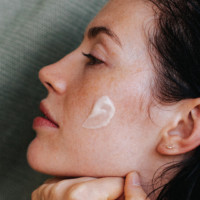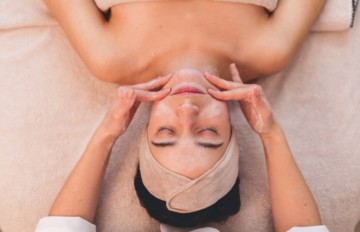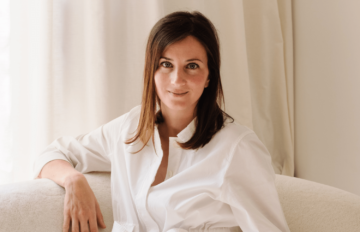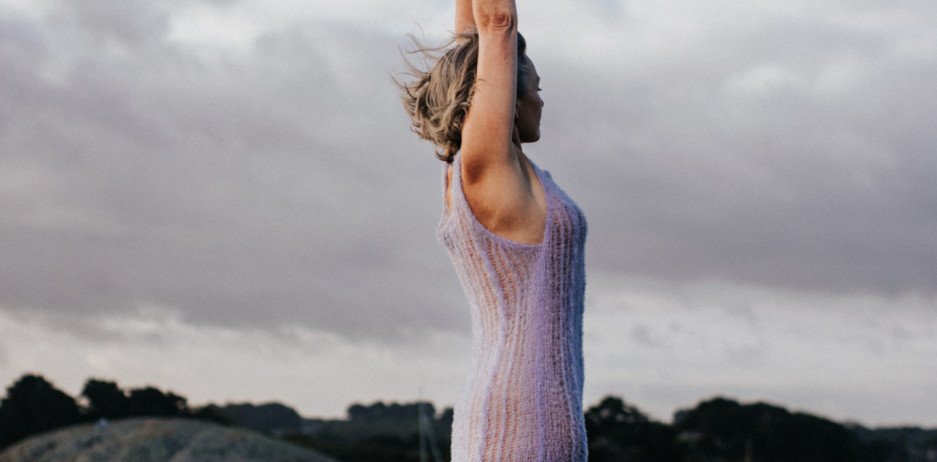
Beauty: Let’s Stop Chasing Time
Part of us wants to turn back time, erase its traces, and relive a bygone youth. “Hard work chases away the wrinkles of the mind and spirit” said Helena Rubinstein, a Polish cosmetics entrepreneur in the early 20th century. Although a century later women have proven themselves in the professional sphere, they are still bombarded with messages urging them to fight the signs of aging. “Anti-aging” products and promises of youth only fuel their frantic race against time. But what would happen if they changed their perspective and wholeheartedly embraced aging?

Eternal Youth
In cinema, literature, and songs, everything is designed to make us believe that there is nothing more beautiful than youth! In Belle de Jour (1967) by Luis Buñuel, Séverine, played by a 22-year-old Catherine Deneuve, is young and attractive. Through the director’s lens, she seems to embody the primary sources of a woman’s value: youthfulness, slimness, and beauty. When older female characters are highlighted, they appear less desirable and disconnected from reality, in contrast to male protagonists who, regardless of age and appearance, emerge with charisma and complexity. Years later, French cinema continues to idealize the bloom of youth, as seen in Chambre 212 (2019) by Christophe Honoré. The film features Chiara Mastroianni (the daughter of Catherine Deneuve) exploring the regrets and desires of a woman in her forties. The film romanticizes and idealizes the youth of the characters, while their maturity seems to erase their allure.
Ageism began long before cinema, taking root in literature. In 1842, Honoré de Balzac published “The Woman of Thirty,” depicting his “anti-heroine” Julie d’Aiglemont as already aged, losing her beauty day by day… In 1965, Georges Perec revealed Les Choses where youth and beauty become an obsession, an eternal quest for the characters Jérôme and Sylvie, influenced by consumer society. French songs also glorify absolute youth. Édith Piaf is nostalgic for her lost young years in La vie en rose where she seems to associate love with the privilege of youth. These examples have fueled our obsession with our years of freshness and our desire to erase the marks of time. They prove that ageism has taken its place in French popular culture. Advertisements, magazines, and cosmetic marketing messages only reinforce women’s desire to erase their wrinkles so as “not to look their age.”
Peaceful Wisdom

When babies are born, they fascinate with their silky hair and soft skin. Teenagers, sometimes subject to pimples, surprise with their physical changes and energy. After their twenties, young adults develop confidence and dazzle with vitality. In their thirties, the face begins to show the first fine lines, adding character. In the fourth decade, hair starts to discolor, the skin thins, and features change differently. As the years accumulate, women embrace a wisdom that radiates. For beauty is not a fixed standard but a celebration of each of these life cycles.
By learning to appreciate each stage, the face is far more serene and beautiful. The years of youth are sometimes more difficult than in our memories, where doubts and worries overwhelm us. Maturity welcomes gratitude and self-love. It’s time to look back and be grateful for one’s achievements.
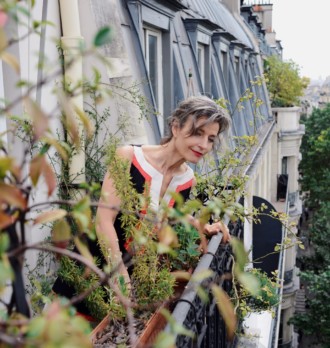

So, wrinkles and gray hair are not signs to hide. They are marks of time proving we are alive. At 78, Charlotte Rampling appears on red carpets and fashion shows with silver hair. Cate Blanchett, Cécile de France, and Sophie Marceau still shine in the spotlight. The marks of time ensure character and depth, enhancing their natural beauty. They celebrate maturity as a strength, not an obstacle. Let’s remember that these women, as inspiring as they are, still tick many boxes imposed by beauty standards. Sometimes, people even exclaim, “It’s amazing how young she looks!” reducing beauty once again to eternal youth. Therefore, a greater visibility of mature women is needed, representing them in their complexity and diversity. Especially since when beauty does not conform to youth standards, it becomes unique. It inspires future generations to change cultural attitudes toward aging, encouraging women of all ages to embrace their own beauty. Much earlier, the Roman philosopher Cicero said: “The beauty of old age is the most beautiful of all.” While Audrey Hepburn whispered: “The beauty of a woman is not in the features of her face but in the light that shines in her heart.” Or, in the words of Polish poet and writer Stanislaw Jerzy Lec: “Youth is a gift of nature, but age is a work of art.”
